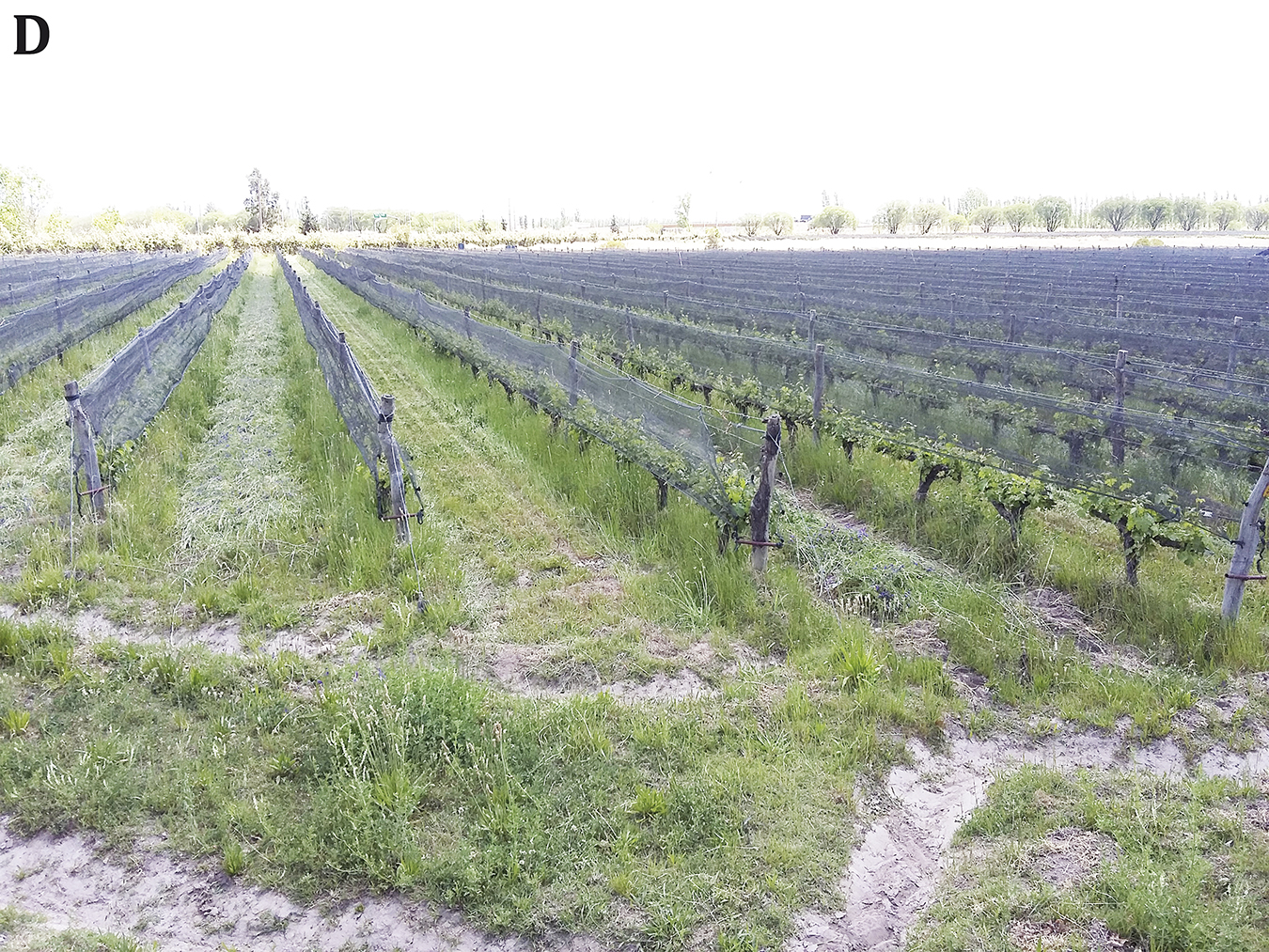Management strategies for the transition to sustainable vineyards in Mendoza
Keywords:
grapevine, agroecology, cover crops, compost, bioslurry, fertilityAbstract
In fragile irrigated agro-ecosystems like those in Mendoza, with low fertility soils, scarce rainfall and high summer evapotranspiration, climate change will have a significant impact. Agricultural practices with tillage and intensive use of agrochemicals generate serious ecological imbalances. This problem requires the redesign of these systems and a reconsideration of its practices. The Agricultural Experimental Station of INTA Mendoza worked on the transition to vineyard management systems with an agroecological approach. In a demonstrative and experimental vineyard plot, biological corridors and diverse cover crops were established, studying different methodologies of elaboration of compost, compost tea, bio-slurry and their periodic application to the crop. We evaluated alternative technologies for weed control and phytosanitary programs with lower environmental impact. The proposed practices allowed increasing biodiversity of species in the vineyard, improving soil fertility and achieving productive levels close to those of conventional management. In the course of nine agricultural seasons, the sanitary conditions of the vineyard were satisfactorily maintained. Finally, operating costs were close to those of conventional management.

Downloads
Published
Issue
Section
License
Aquellos autores/as que tengan publicaciones con esta revista, aceptan las Políticas Editoriales.


